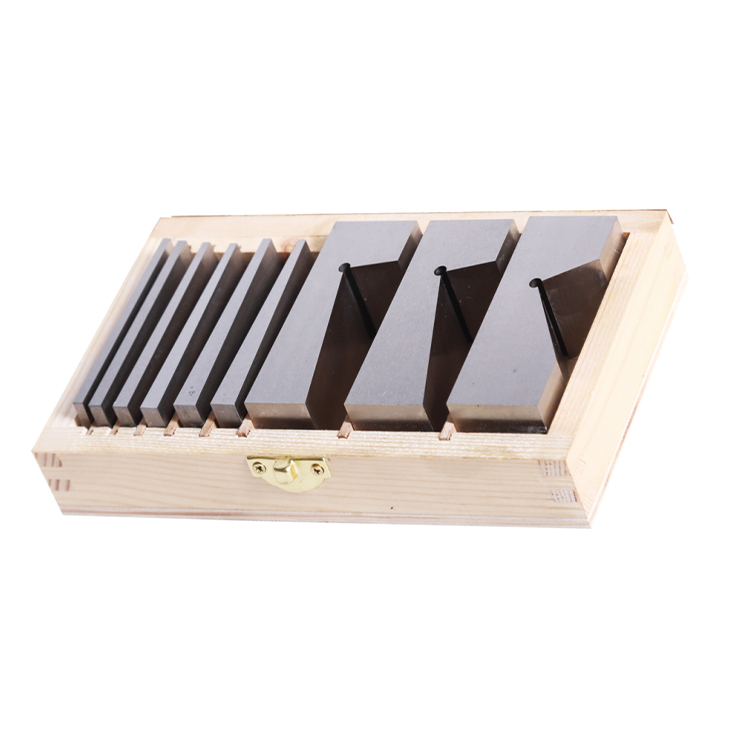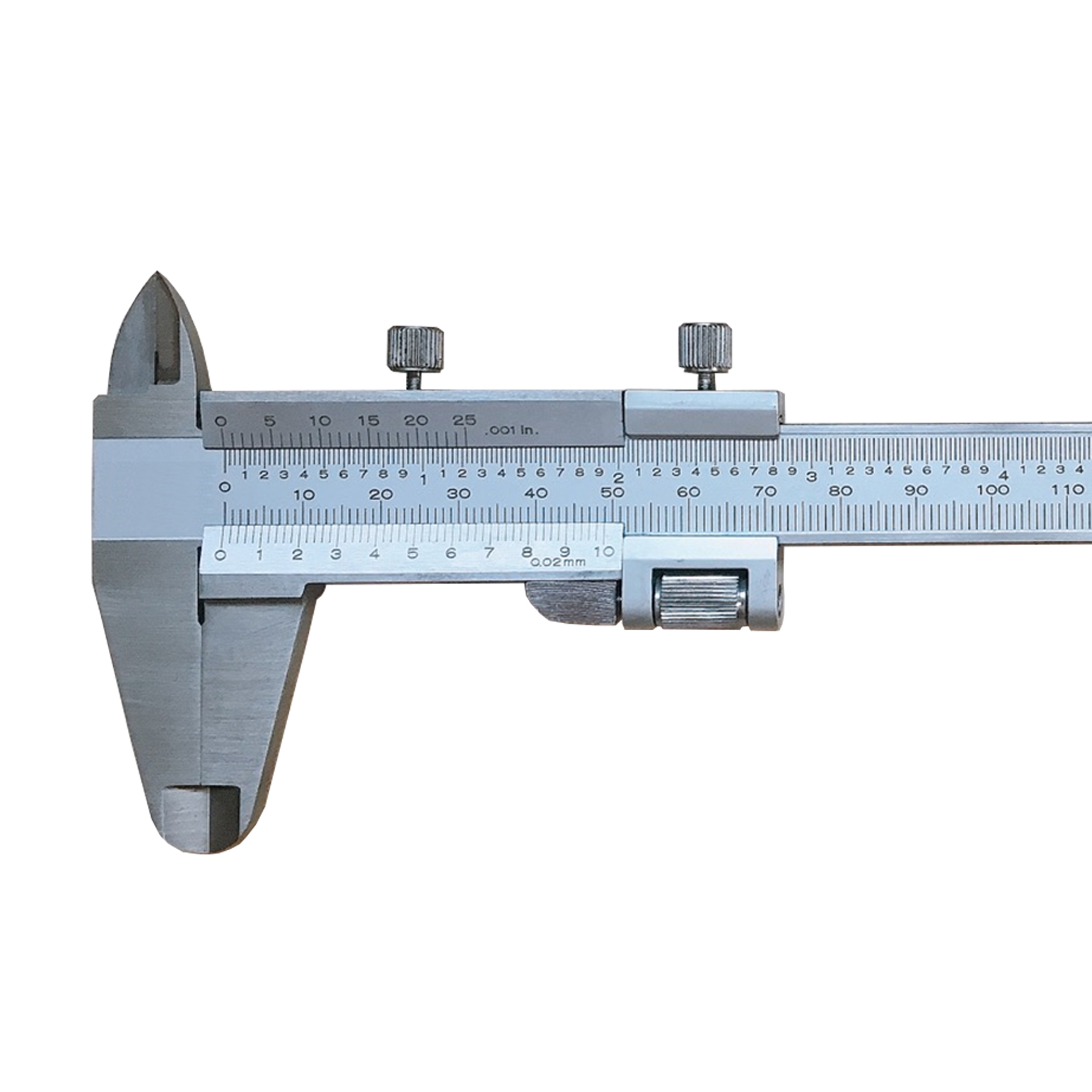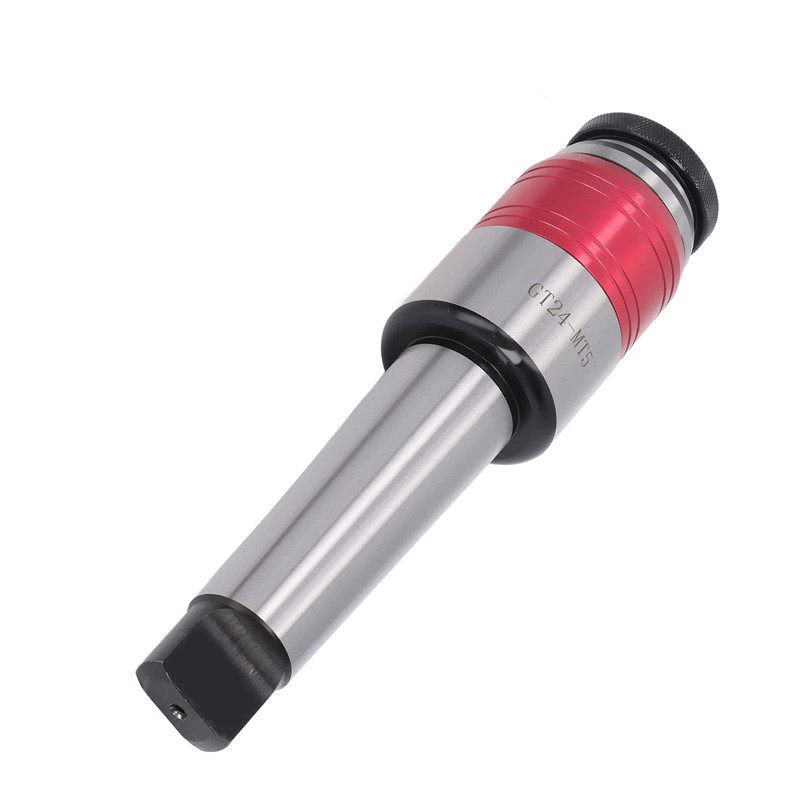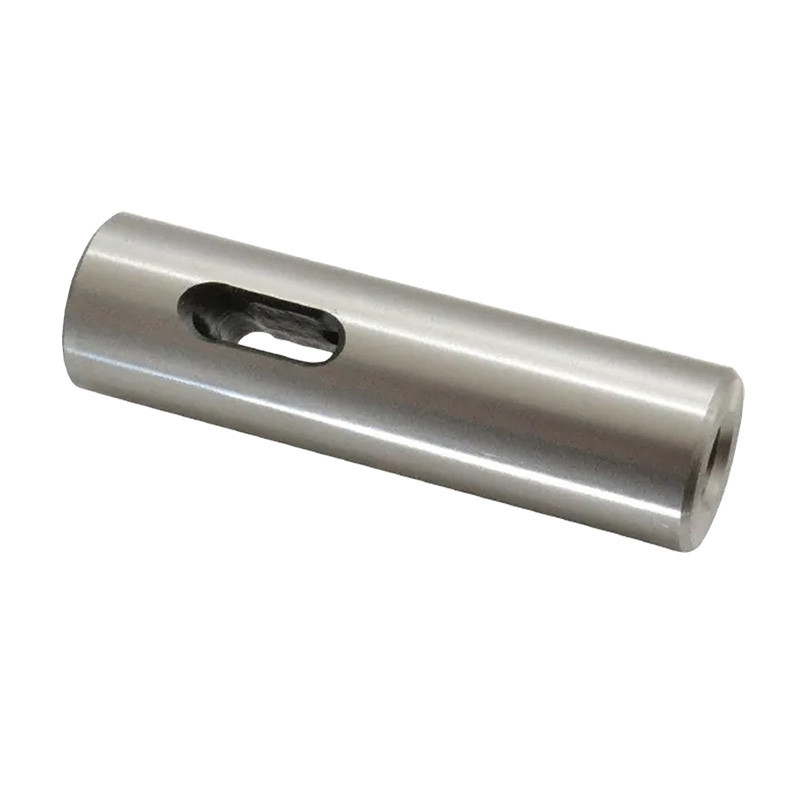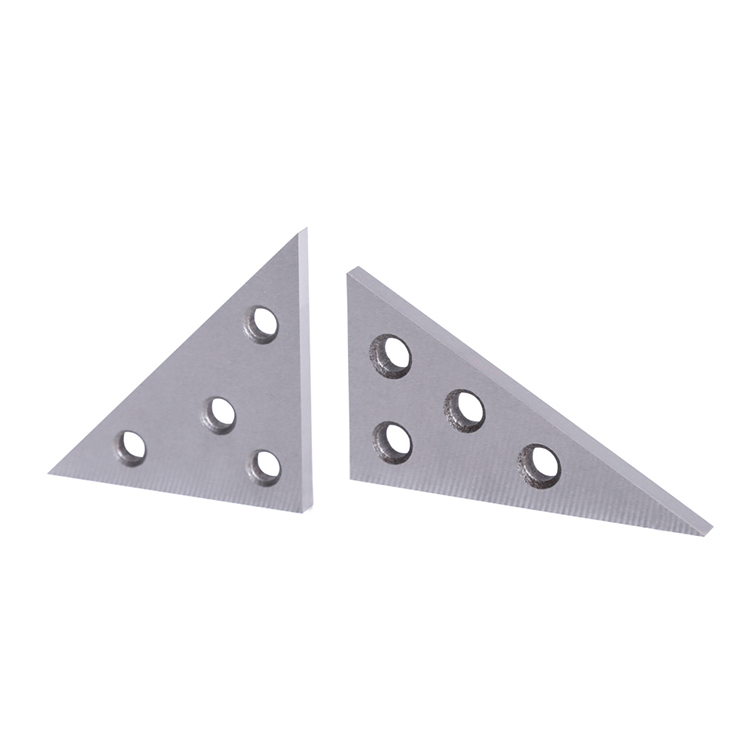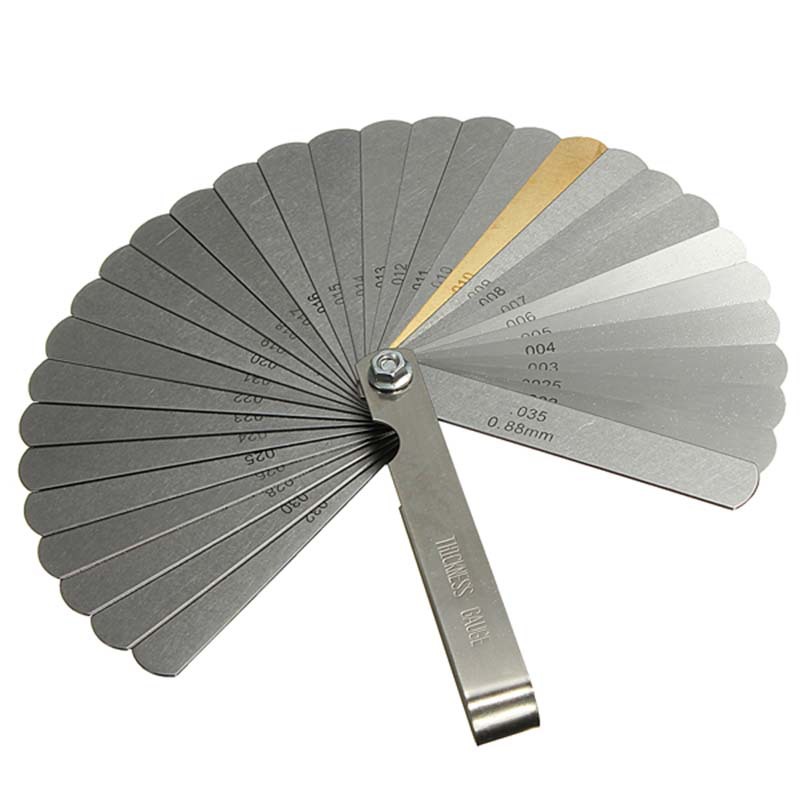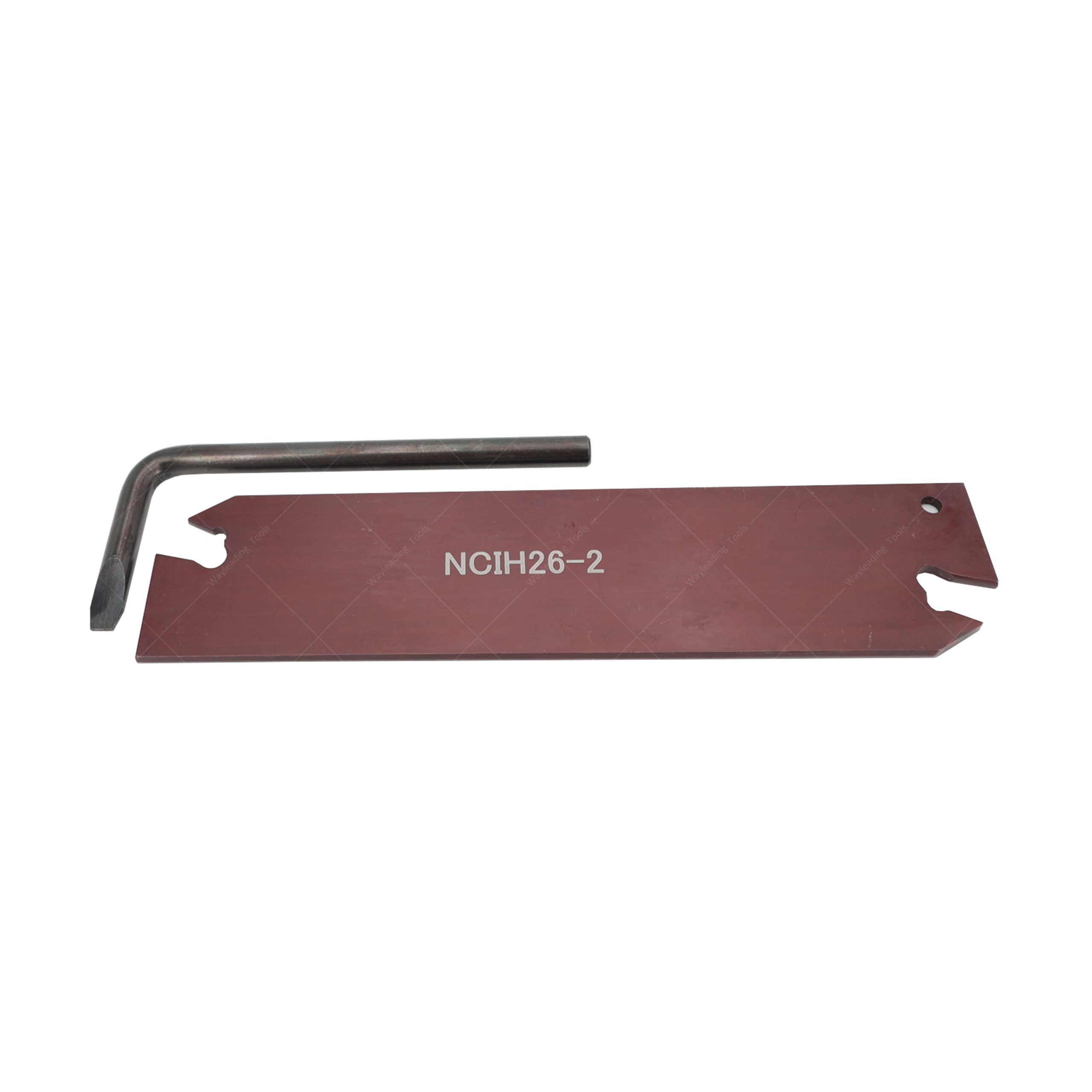internal grooving toolholders Factory
Internal grooving toolholders are essential components in machining internal grooves accurately and efficiently. They provide stability, precision, and versatility for creating grooves in bores and other internal surfaces. Selecting the right internal grooving toolholder involves considering factors like bore size, groove dimensions, material type, and machine capabilities. Understanding these considerations will ensure optimal performance and minimize errors in your machining processes.
Understanding Internal Grooving Challenges
Machining internal grooves presents unique challenges compared to external grooving. Limited access, chip evacuation difficulties, and vibration susceptibility are just a few hurdles to overcome. Choosing the right internal grooving toolholders Factory and techniques is crucial for success.
Access and Reach
The primary challenge is accessing the internal diameter. The internal grooving toolholder must be long and slender enough to reach the desired groove location without colliding with the workpiece or machine. This often necessitates specialized designs and careful selection of shank dimensions.
Chip Evacuation
Removing chips from an internal groove can be problematic. Insufficient chip flow can lead to recutting, poor surface finish, and even tool breakage. Modern internal grooving toolholders often incorporate internal coolant channels to aid in chip removal.
Vibration and Stability
Long overhangs required for internal grooving increase the risk of vibration. Vibration degrades surface finish, reduces tool life, and can lead to inaccurate groove dimensions. Selecting a toolholder with good damping characteristics and employing appropriate cutting parameters are vital.
Key Features of High-Quality Internal Grooving Toolholders
A quality internal grooving toolholder should possess several key features that address the challenges of internal grooving. These features contribute to increased precision, stability, and tool life.
Shank Material and Design
The shank material significantly impacts the toolholder's rigidity and vibration damping. High-density materials like cemented carbide offer superior performance but can be more expensive. Steel shanks are more economical but may require additional damping mechanisms. The shank design should minimize deflection and maximize stability. Consider contacting a reliable supplier like Wayleading Tools for high-quality options.
Clamping Mechanism
The clamping mechanism securely holds the grooving insert and ensures accurate positioning. Common clamping methods include screw-on, lever-lock, and wedge-lock designs. The clamping force should be sufficient to prevent insert movement during cutting, even under heavy loads. The quality of the clamping mechanism is paramount to achieving precise groove dimensions.
Coolant Delivery
Internal coolant channels are highly beneficial for internal grooving toolholders. They deliver coolant directly to the cutting edge, reducing heat, improving chip evacuation, and extending tool life. The coolant pressure and flow rate should be optimized for the specific material and cutting conditions.
Interchangeable Heads
Some internal grooving toolholders feature interchangeable heads, allowing you to use a single shank with multiple cutting inserts for different groove widths and profiles. This modularity reduces tooling costs and increases flexibility.
Selecting the Right Internal Grooving Toolholder: Key Considerations
Choosing the correct internal grooving toolholder involves a careful assessment of several factors. Here's a breakdown of the key considerations:
Bore Diameter and Groove Dimensions
The bore diameter dictates the minimum shank size and the maximum groove depth achievable. Consult the toolholder manufacturer's specifications to ensure compatibility. The groove width, depth, and location are also crucial parameters to consider. Always double-check the toolholder's reach capabilities.
Material Type
The workpiece material affects the cutting forces and the required tool geometry. Harder materials require more rigid toolholders and sharper cutting edges. Softer materials may benefit from positive rake angles for smoother cutting. Select an internal grooving toolholder designed for the specific material you are machining.
Machine Capabilities
The machine's spindle speed, feed rate, and power output influence the choice of internal grooving toolholder. High-speed machining requires balanced toolholders to minimize vibration. Older machines with lower power may necessitate the use of smaller cutting inserts and lighter cuts.
Cutting Parameters
The cutting parameters, such as cutting speed, feed rate, and depth of cut, must be carefully chosen to avoid vibration and ensure optimal tool life. Consult the tool manufacturer's recommendations for the specific insert and workpiece material. Using the correct cutting parameters is essential for achieving accurate groove dimensions and a good surface finish.
Troubleshooting Common Internal Grooving Problems
Even with the right internal grooving toolholders, problems can arise. Here's a guide to troubleshooting common issues:
Vibration
Vibration is a frequent problem in internal grooving. Reduce vibration by:
- Decreasing the cutting speed and feed rate.
- Increasing the toolholder rigidity (e.g., using a shorter overhang).
- Using a toolholder with better damping characteristics.
- Ensuring the workpiece is securely clamped.
Poor Surface Finish
A poor surface finish can be caused by vibration, chip recutting, or a dull cutting edge. Address this by:
- Sharpening or replacing the cutting insert.
- Improving chip evacuation (e.g., increasing coolant flow).
- Reducing the cutting speed.
- Ensuring the toolholder is properly aligned.
Inaccurate Groove Dimensions
Inaccurate groove dimensions can result from insert movement, tool deflection, or incorrect programming. Correct this by:
- Verifying the insert clamping force.
- Using a more rigid toolholder.
- Compensating for tool deflection in the program.
- Calibrating the machine axes.
The Role of Toolholders in Automated Grooving
In automated machining environments, the accuracy and reliability of internal grooving toolholders are even more critical. Automated systems rely on consistent performance to maintain production efficiency. Look for toolholders with features like:
- Presetting capabilities for quick tool changes
- High precision clamping to ensure repeatable insert positioning
- Durable construction for long-term reliability
Internal Grooving Toolholder Styles & Applications
There are several distinct styles of internal grooving toolholders, each best suited for particular applications. Understanding these different styles can help you choose the optimal toolholder for your specific needs.
Boring Bar Style
Boring bar style toolholders are the most common type for general-purpose internal grooving. They consist of a cylindrical shank that supports the cutting insert. They are available in a wide range of sizes and configurations to accommodate various bore diameters and groove dimensions.
Cartridge Style
Cartridge style toolholders use interchangeable cartridges to hold the cutting insert. This modular design allows for quick and easy tool changes. Cartridge style toolholders are often used in automated machining environments where tool changes are frequent.
Indexable Head Style
Indexable head style toolholders feature a rotating head that can hold multiple cutting inserts. This allows for multiple grooving operations to be performed without changing the toolholder. Indexable head style toolholders are often used in high-volume production environments.
Conclusion
Selecting the right internal grooving toolholder is crucial for achieving accurate and efficient internal grooving operations. By considering the factors outlined in this guide, including bore size, groove dimensions, material type, and machine capabilities, you can choose a toolholder that meets your specific needs. Investing in high-quality toolholders from a reputable internal grooving toolholders Factory like Wayleading Tools will improve your machining productivity and reduce scrap rates. For reliable and robust internal grooving toolholders, consider exploring the options at www.wayleading.com.
Related products
Related products
Best selling products
Best selling products-
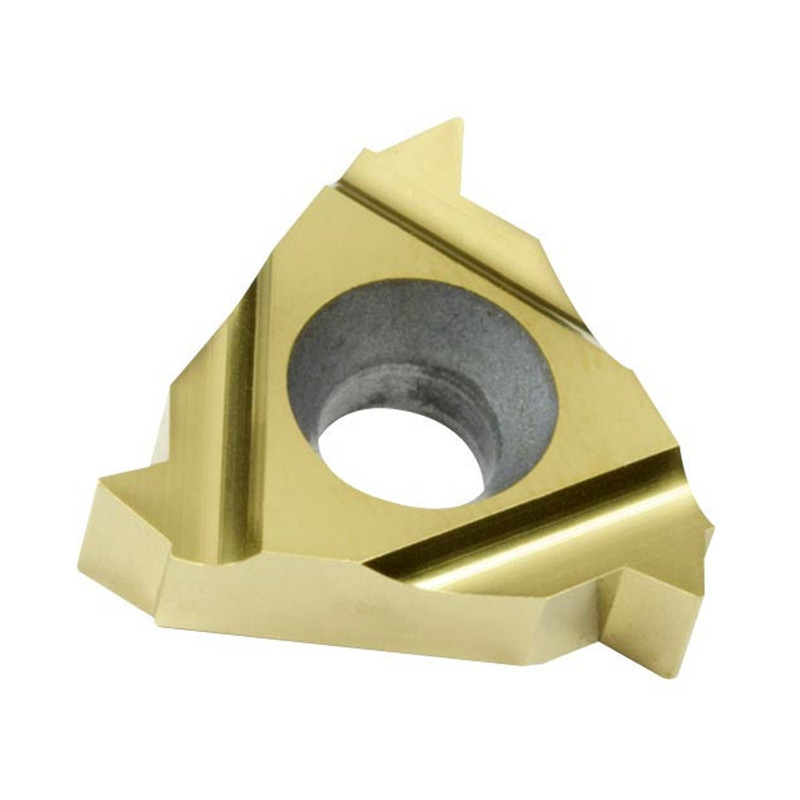 Partial profile 55° Threading Insert With ER & IR Type
Partial profile 55° Threading Insert With ER & IR Type -
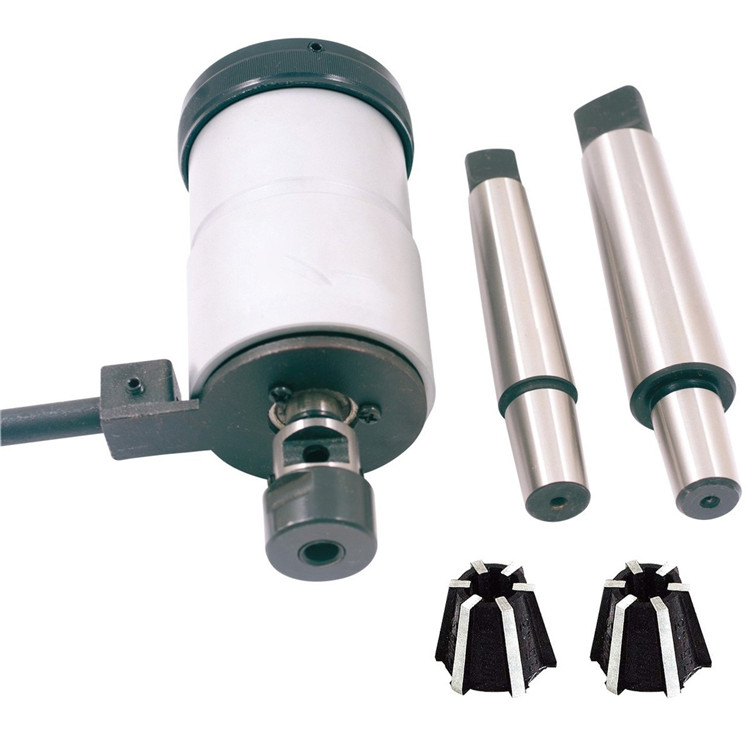 Auto Self Reversible Tapping Chuck In Drill Machine
Auto Self Reversible Tapping Chuck In Drill Machine -
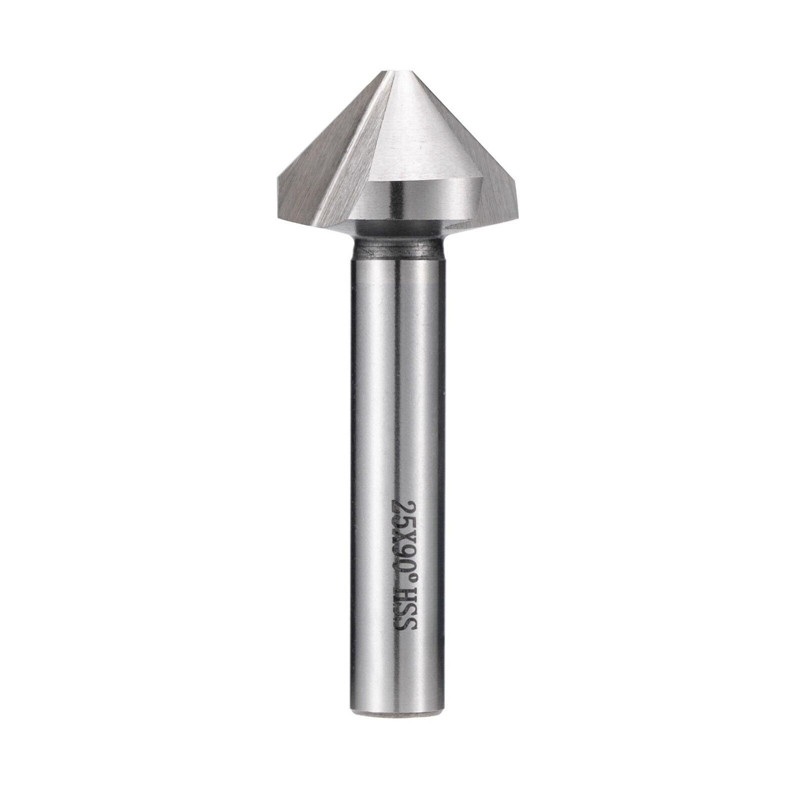 3 Flutes HSS Chamfering Countersink Drill bitl With 60 And 90 Degree
3 Flutes HSS Chamfering Countersink Drill bitl With 60 And 90 Degree -
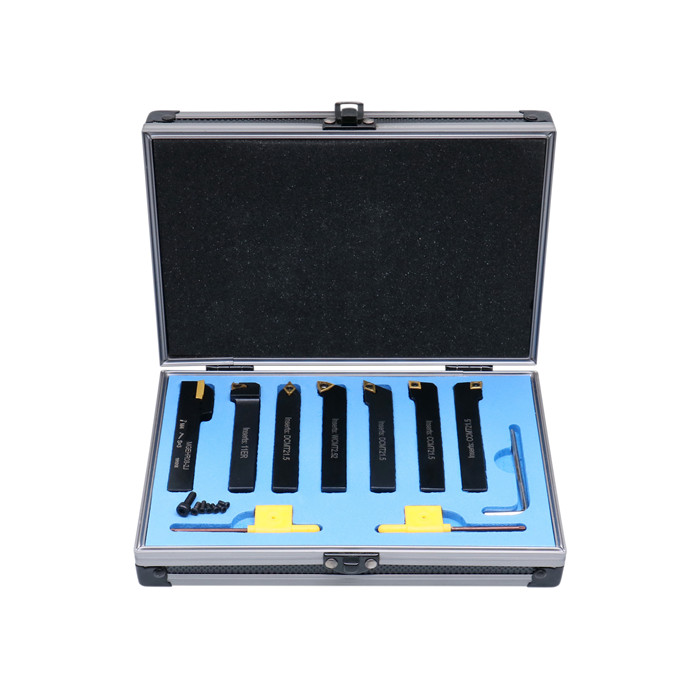 7pcs Carbide Turning Tool Set With Metric & Inch Size
7pcs Carbide Turning Tool Set With Metric & Inch Size -
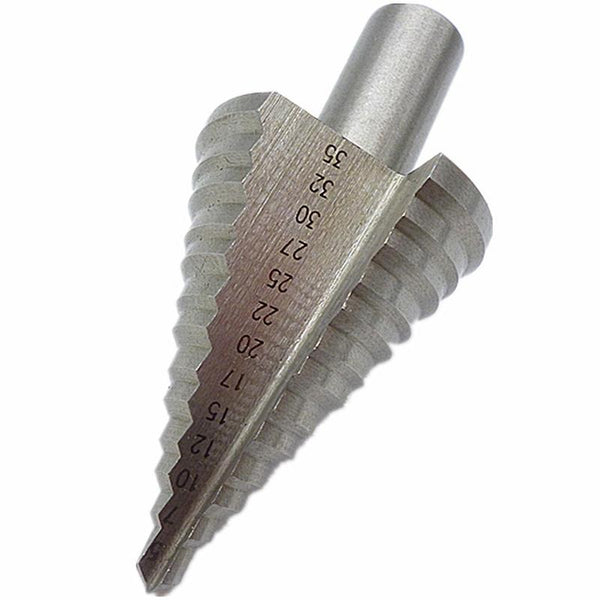 Metric HSS Step Drills With Straight Flute
Metric HSS Step Drills With Straight Flute -
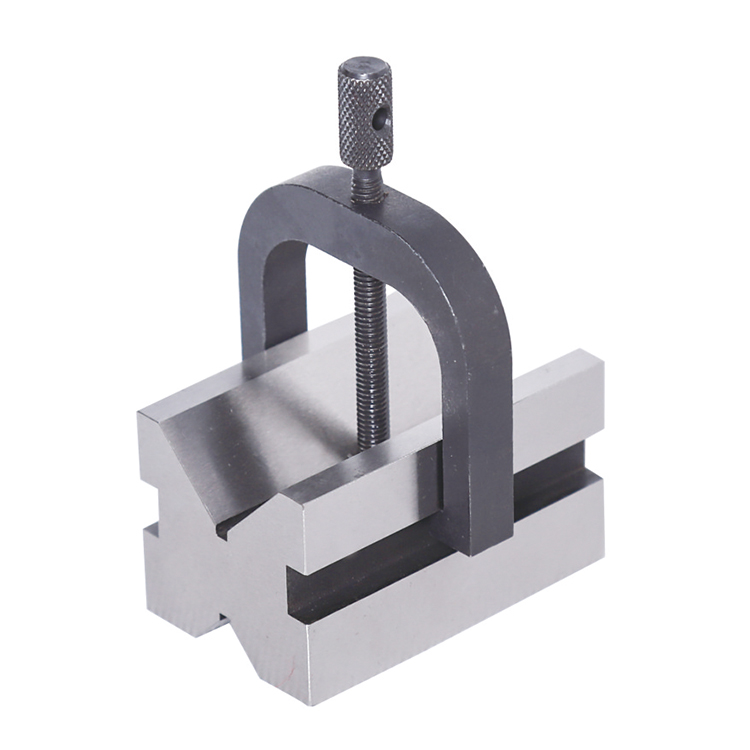 Precision V Block And Clamps Set With High Quality Type
Precision V Block And Clamps Set With High Quality Type -
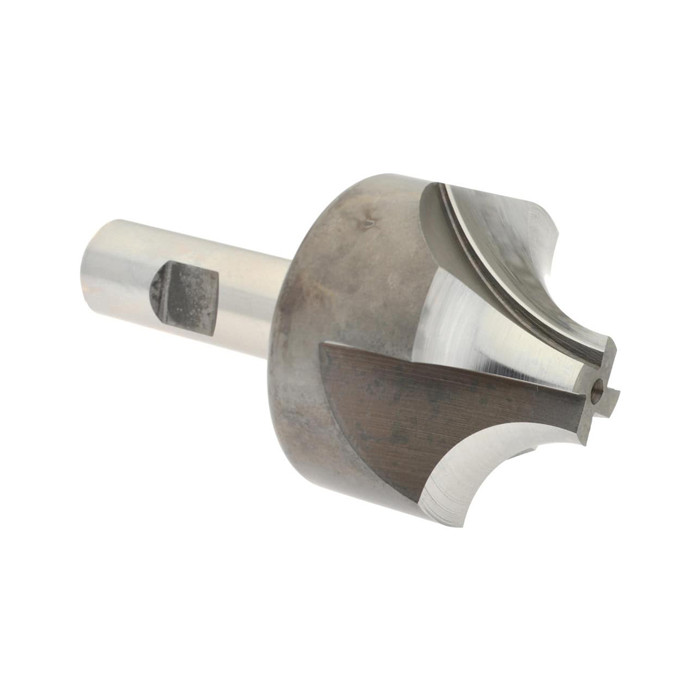 HSS Metric & Inch Corner Rounding End Mill For Industrial
HSS Metric & Inch Corner Rounding End Mill For Industrial -
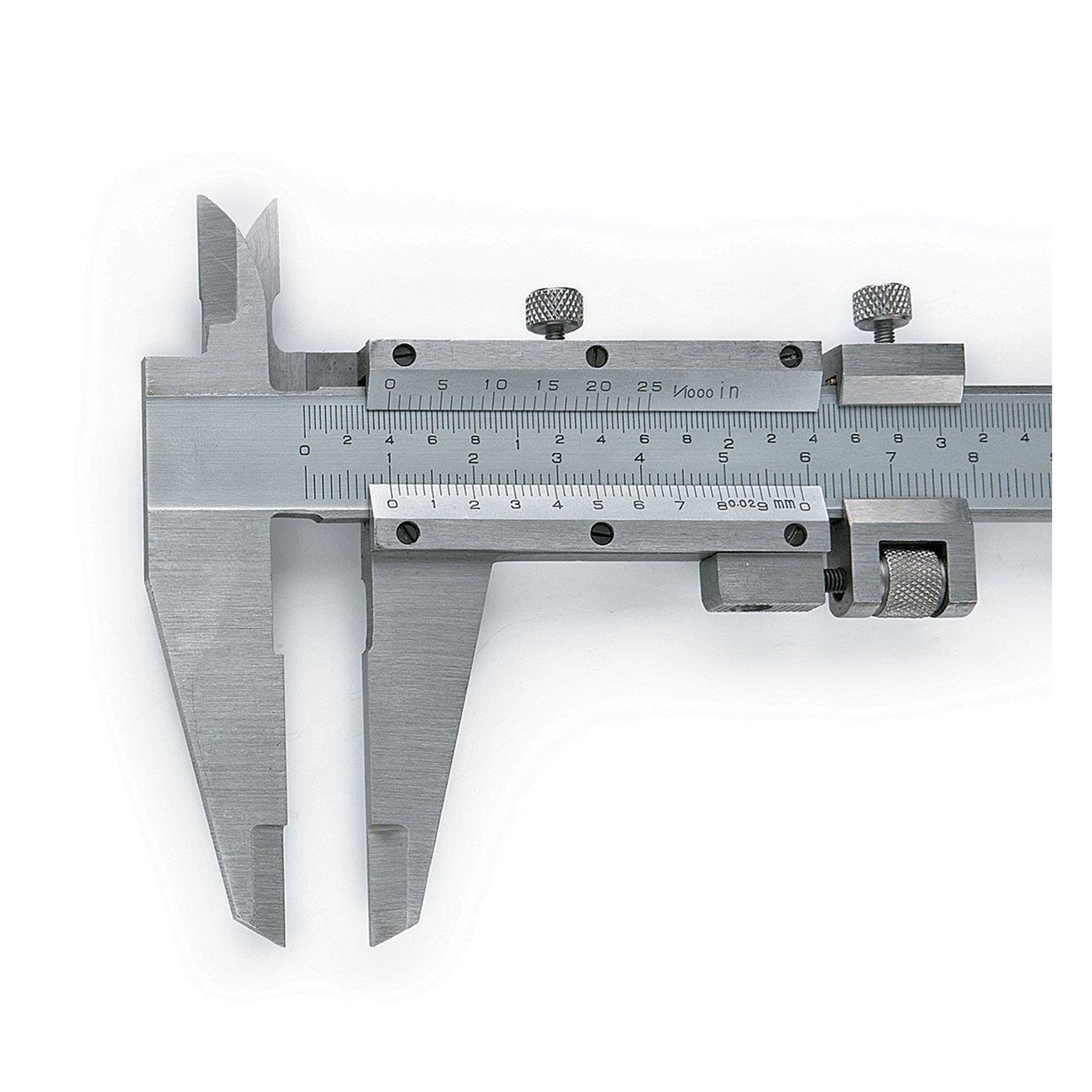 Precision Fine-Adjustment Vernier Caliper Of Metric & Imperial For Industrial
Precision Fine-Adjustment Vernier Caliper Of Metric & Imperial For Industrial -
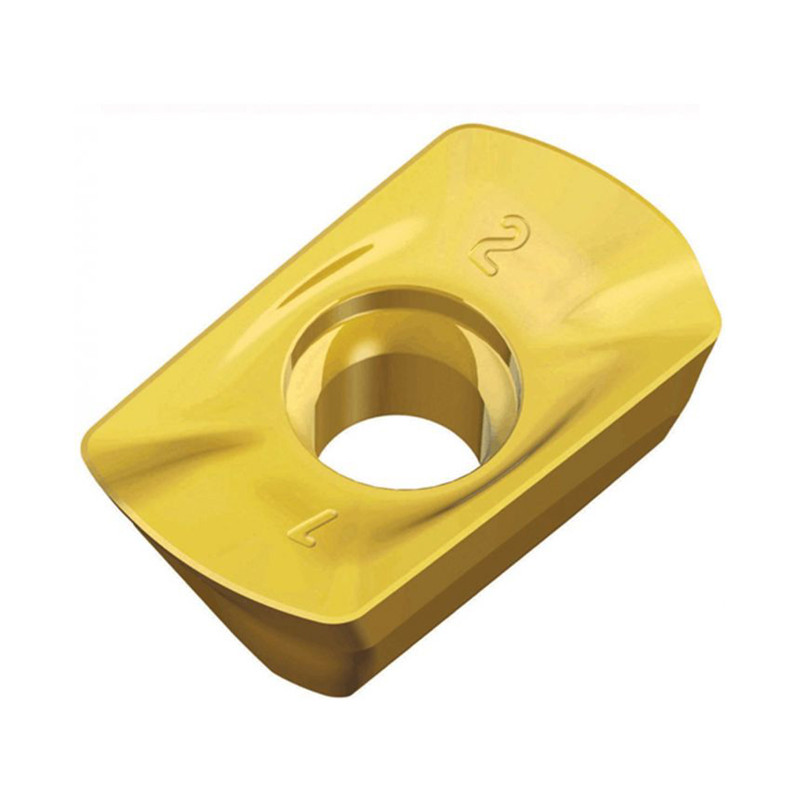 APKT Milling Insert For Indexable Milling Cutter
APKT Milling Insert For Indexable Milling Cutter -
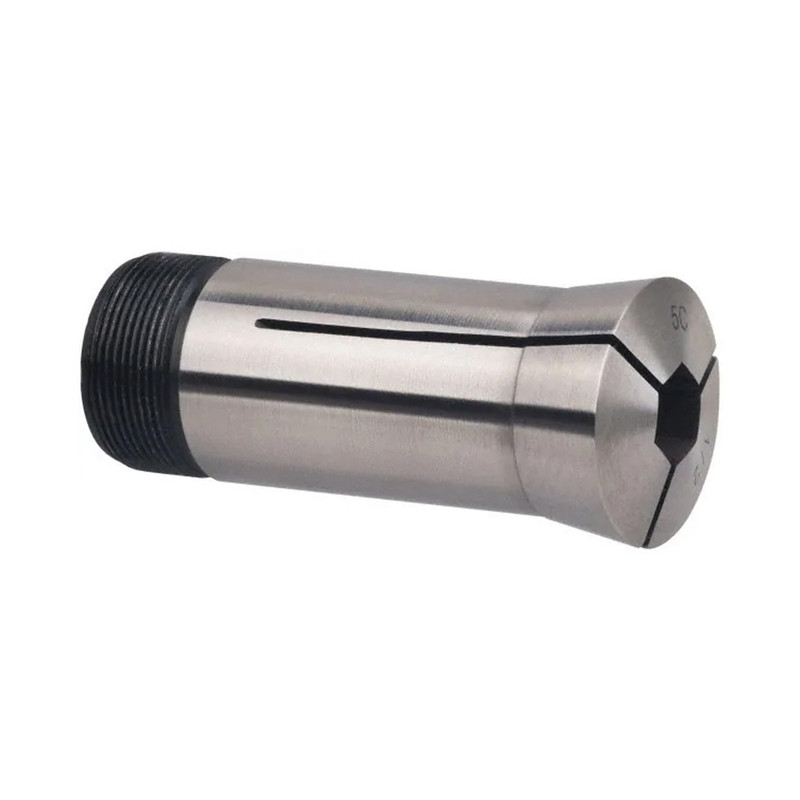 5C Hex Collet With Inch and Metric Size
5C Hex Collet With Inch and Metric Size -
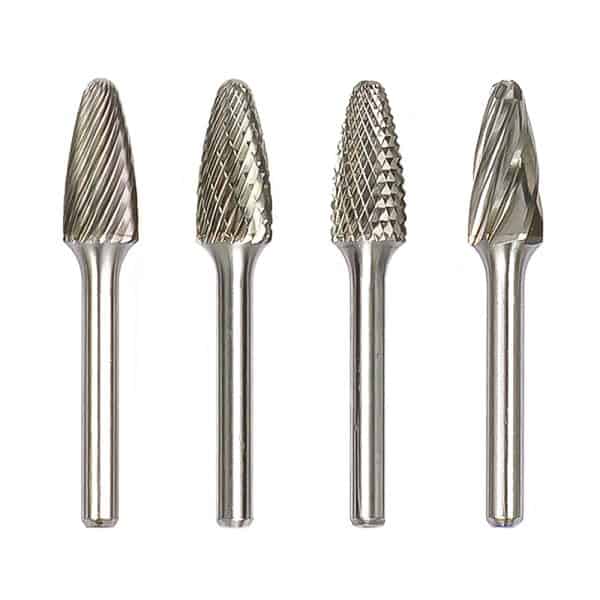 Type F Ball Nose Tree Tungsten Carbide Rotary Burr
Type F Ball Nose Tree Tungsten Carbide Rotary Burr -
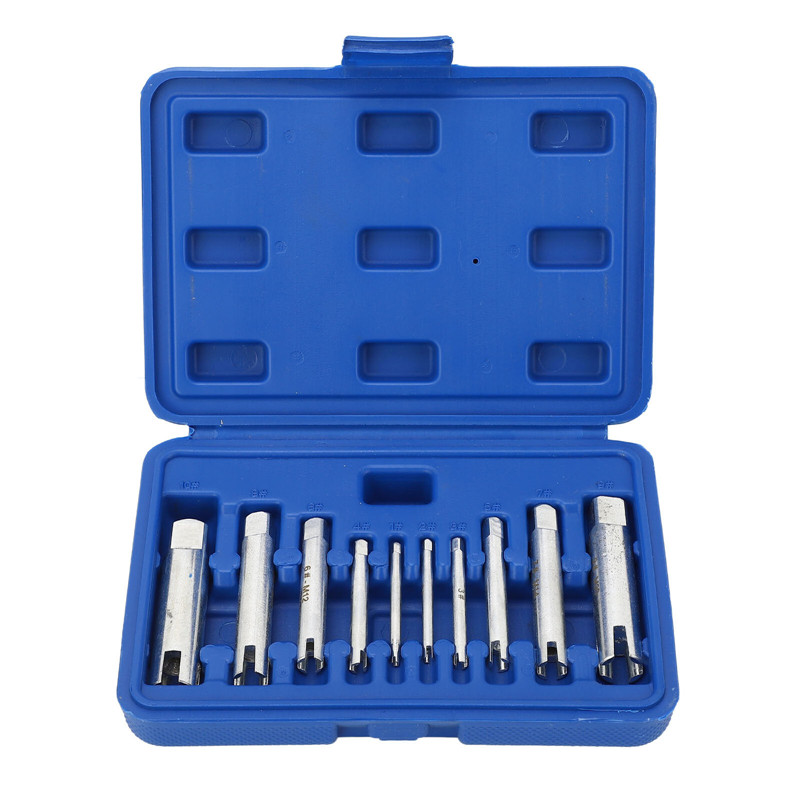 9PCS Broken Tap Extractor Set With Storage Box
9PCS Broken Tap Extractor Set With Storage Box

